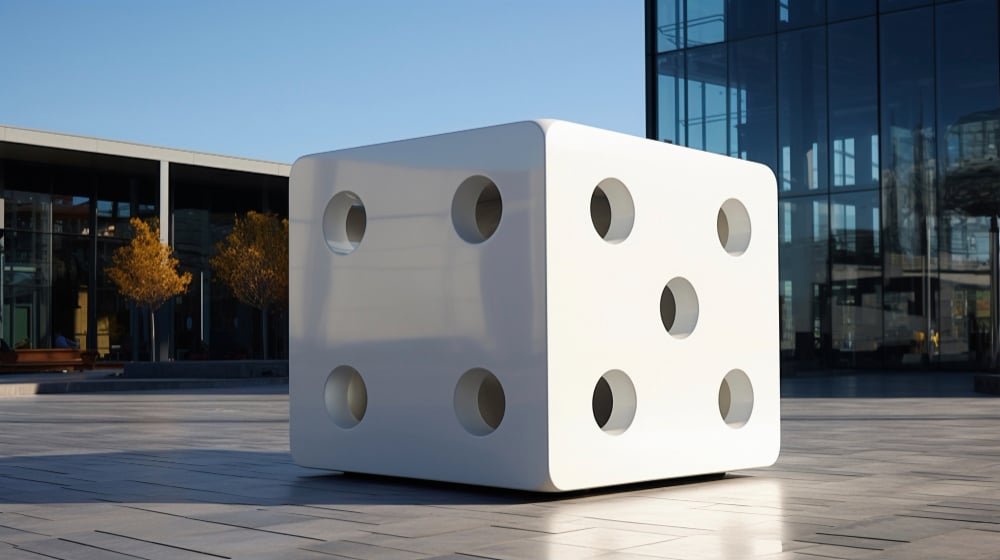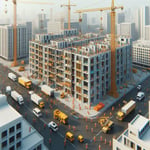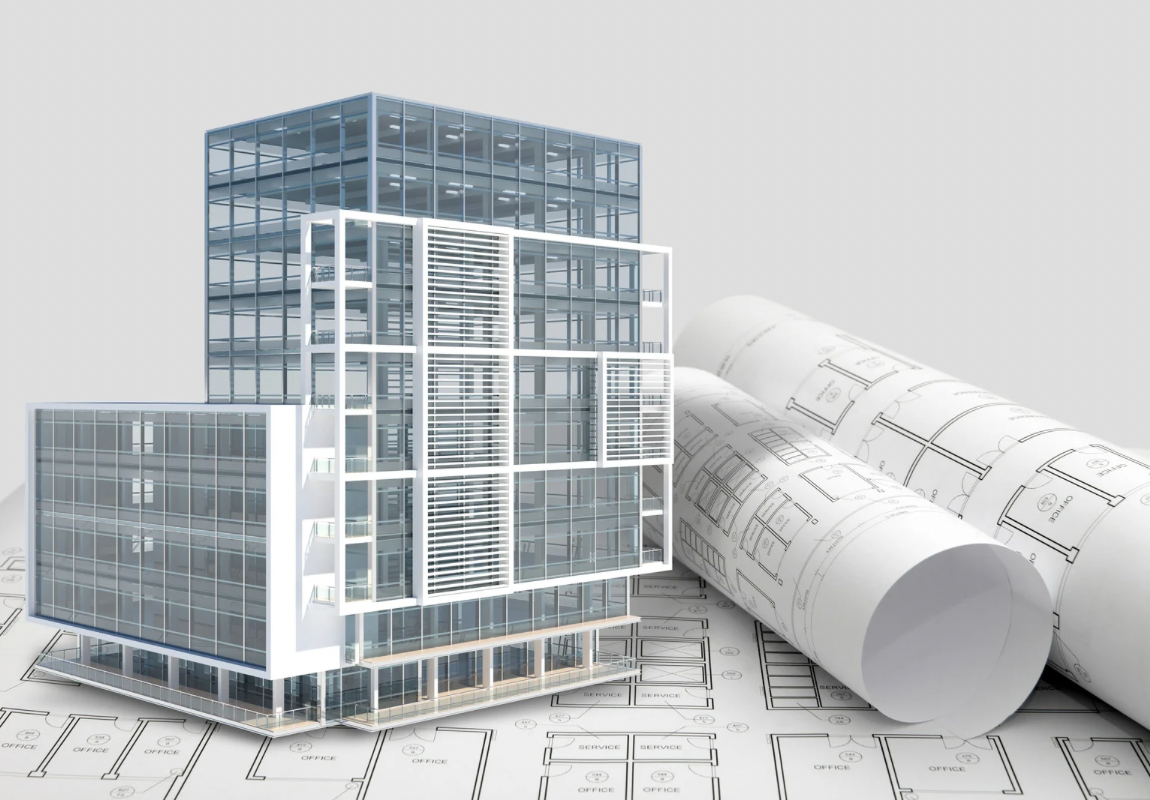Printing with Concrete and Harnessing Nature…Emerging Construction Technologies
Somehow, it seems counterintuitive to mash up computers with clunky, concrete-based construction and even more to imagine biotechnology capable of making concrete heal itself once it starts to crack and fracture, but that’s exactly where and how emerging technologies are fashioning a revolution in our built environment. Complex concrete components for a building can now be printed from a computer, layer by layer, using 3D ConstrucTech techniques. And biomimic, wholly organic materials have already given us self-healing bio-concrete, that can grow back over future cracking by pre-injection of bacteria (which means our children’s children won’t have to close schools and hospitals in the teeth of a RAAC based throwback). Even the humble house brick can now be “self-fused” by adding bacteria, calcium chloride, and urea (yes, even that), to do away with mortar altogether. That’s what it really means to build back better…
Clever as they are, though, can these brave ambitions really do that… and does any of this futurescape really matter? In a word, and quite frankly…yes.
Ambition with less waste
For a start, waste levels in construction can be significantly reduced by fully harnessing the power of emerging technologies, and keep in mind that construction is still the single biggest producer of unrecyclable waste on the planet (www.recyclingbristol.com): all that rusted steelwork, mortar-choked and broken brickwork, all of it pre-destined for a landfill site near you. It’s not exactly environmentally friendly. So how much better would it be to cut the concrete to exact specification on site, using 3D printing technologies? Precision casting also reduces the CO2 emissions inherent in conventional concrete form building, not to mention the end of all those smoke-belching trucks endlessly carting raw concrete to inner city sites (they won’t be needed when it’s all done on site anyway).
In theory those new technologies now mean it’s possible to pre-print a skyscraper out of concrete, and at the Holcim Innovation Centre in Lyon, they’ve already built a futuristic bridge using entirely 3D printed components ( www.precastconcretemagnet.com): carbon emissions on the project were 30% below industry standard because the pour was so precise. That’s not something any dinosaur contractor could hope to match, and, of course, the sheer scale of ambition is undiminished. We’re losing nothing by gaining more…
Rammed Earth
And so from macro to micro…
Rammed earth construction is literally as old as the hills, compressing clay together to ensure structural stability without soft interfiling (mortar to you and me), and that’s ultra environmentally friendly too: there’s no steel to rust or wire to waste, and the finished building is “breathable” to secure radically improved interior air quality. And just like 3D construction, it’s not lacking in ambition either: a 7.2 metre high structure has already been created using rammed earth technology, and cutting edge biotechnologies ensure the fabric of the building stays fused together. You can’t get more ecofriendly than that…
So, just imagine what microchips and the humble bacterium can do in future to create a greener planet.
Executive Overview
Bringing together electrons, clay, and construction might seems counterintuitive…but it’s the stuff of the future.
.
Invest in Red Ribbon Asset Management

Red Ribbon Asset Management (www.redribbon.co) aims to harness the full potential of fast evolving and emerging technologies to meet the needs of global communities as part of a circular economy, fully recognising the compelling demands of planet people and profit.






.jpg)
.jpg)
Leave a Reply